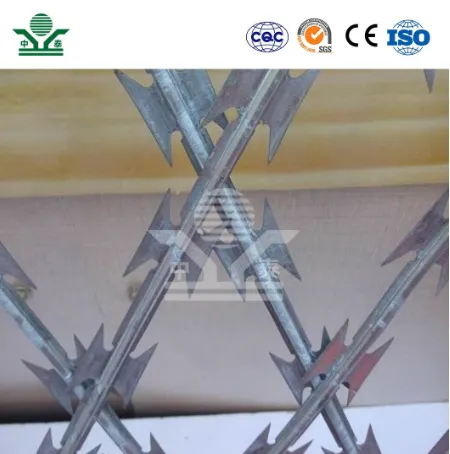Understanding Steel Perforated Metal Applications and Benefits
Steel perforated metal is a versatile material defined by its unique structure, characterized by a series of holes or openings created by precision machining processes. These holes can vary in size, shape, and pattern, making perforated metal an ideal choice across numerous applications in various industries. Its popularity stems not only from its functional attributes but also from its aesthetic appeal.
Manufacturing Process
The manufacturing of perforated metal involves a process called punching, where sheets of steel are subjected to high-pressure punches that create uniform holes. This can be executed in continuous patterns or random designs, allowing for extensive customization. Advanced technology, such as computer numerical control (CNC), enables manufacturers to achieve intricate designs with high precision. The thickness and type of steel can also be varied to meet specific requirements, making perforated metal a customizable solution.
Applications
1. Architectural Design Perforated steel has become a staple in modern architectural design. It is both functional and aesthetically pleasing, often used for facades, screens, and ceilings. The ability to allow light and air circulation while still providing a visual barrier makes it an ideal choice for exterior and interior applications.
2. Industrial Use In industrial settings, perforated steel is frequently used for filtration systems, machinery guards, and conveyor belts. The specific hole dimensions can be tailored for applications such as noise reduction, safety enclosures, and material separation, showcasing the versatility of this material.
steel perforated metal

3. Interior Design Designers often use perforated metal in furniture and decorative installations. The play of light and shadow created by the perforated patterns adds unique character to spaces, making it popular in modern interiors. Additionally, it can serve as partitions that provide both privacy and openness in design.
4. Functional Applications Perforated metal is employed in various functional applications, such as sound absorption panels used in auditoriums and theaters, where it enhances acoustic properties without compromising aesthetics. It is also used in HVAC systems where airflow is critical, offering an efficient medium for air distribution.
Benefits
One of the primary advantages of steel perforated metal is its strength and durability. Unlike other materials, perforated metal can withstand harsh environments, making it suitable for both indoor and outdoor applications. Its robustness ensures longevity, reducing maintenance and replacement costs over time.
Additionally, because perforated metal can allow light and air to pass through, it aids in energy efficiency, potentially lowering heating and cooling costs. The customizable nature of the holes also means that it can be tailored to specific needs, whether for aesthetic purposes or to meet functional requirements.
Conclusion
In summary, steel perforated metal is a multifaceted material that bridges the gap between functionality and aesthetics. Its diverse applications span construction, industrial use, and interior design, showcasing its adaptability. With the added benefits of strength, durability, and energy efficiency, it remains a preferred choice for architects, designers, and engineers alike. As technology continues to advance, the possibilities for perforated metal applications will only grow, solidifying its place as a cornerstone material in modern design and construction. Whether enhancing the look of a building or improving the efficiency of machinery, steel perforated metal is indeed a remarkable innovation in material engineering.
-
Turn Down the Noise: The Future of Highway Sound Barriers
NewsApr.09,2025
-
Silence the Sound: The Power of Highway Noise Barriers
NewsApr.09,2025
-
Reduce Road Noise Effectively with Highway Noise Barriers
NewsApr.09,2025
-
Noise-Free Living: How Highway Barriers Make a Difference
NewsApr.09,2025
-
Engineered for Silence: Highway Noise Barriers for Every Road
NewsApr.09,2025
-
Effective Noise Control: Highway Barriers for a Quieter Tomorrow
NewsApr.09,2025
Subscribe now!
Stay up to date with the latest on Fry Steeland industry news.

